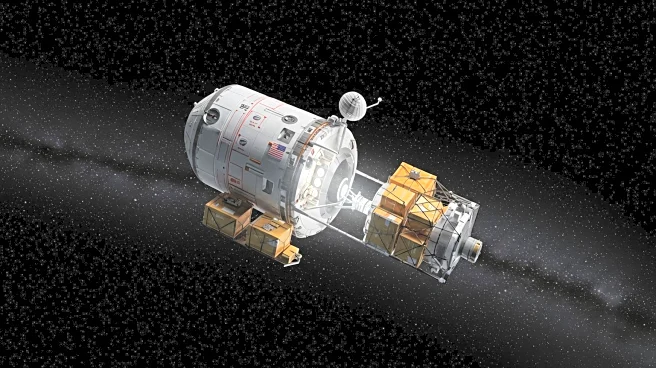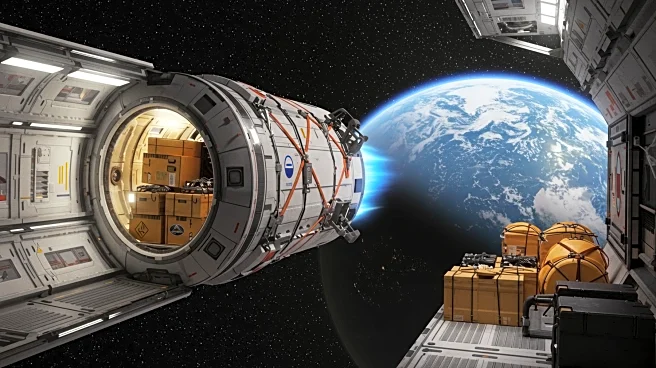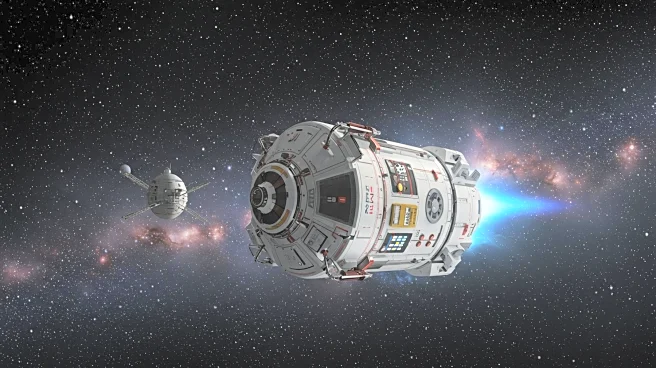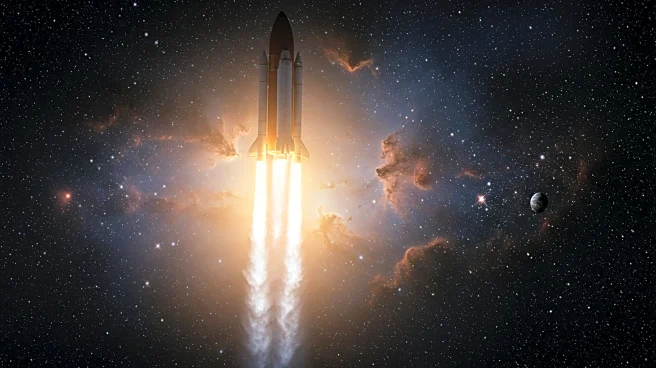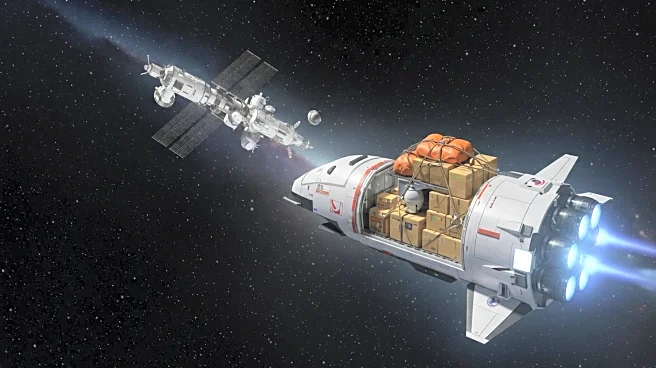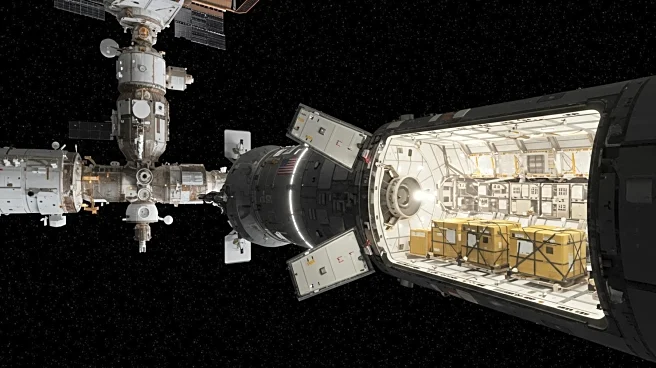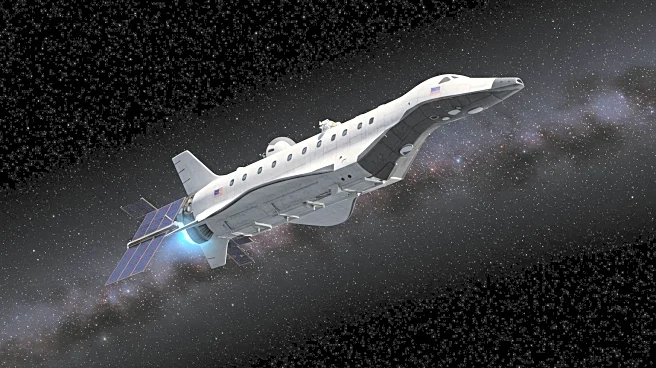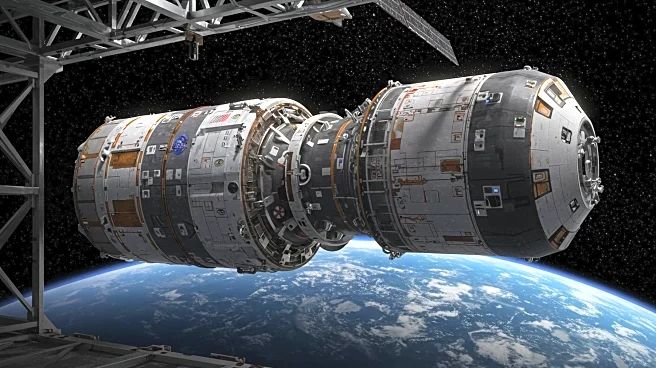Rapid Read • 8 min read
SpaceX's Dragon cargo ship is set to dock at the International Space Station (ISS) as part of NASA's Commercial Resupply Services program. The docking is scheduled for early Monday morning, following a 29-hour orbital chase. The Dragon capsule, launched on a Falcon 9 rocket, carries approximately 5,000 pounds of supplies, including food, resources, and scientific experiments. Acting NASA Administrator Sean Duffy highlighted the mission's focus on 3D printing of metal parts and bioprinting of tissues in microgravity, which are crucial for future lunar and Mars missions. The CRS-33 mission also aims to assist in maintaining the ISS's altitude, a task traditionally performed by Russian Progress cargo vehicles.
AD
The CRS-33 mission underscores the growing importance of commercial partnerships in space exploration. By facilitating vital scientific research and technological advancements, such missions contribute to the success of future endeavors like the Artemis lunar missions. The ability of SpaceX's Dragon capsule to perform altitude adjustments for the ISS is particularly significant, given the potential withdrawal of Russia from the ISS consortium by 2028. This shift highlights the increasing reliance on commercial entities like SpaceX and Northrop Grumman to ensure the operational stability of the ISS, thereby reinforcing the role of private companies in sustaining international space collaborations.
Following the successful docking, the CRS-33 mission will continue until December, when the Dragon capsule is scheduled to return to Earth. The return will involve carrying samples and scientific equipment back to Earth, with a planned splashdown off the coast of California. This marks another milestone in SpaceX's collaboration with NASA, as the company continues to play a pivotal role in supporting the ISS and advancing space exploration technologies.
The mission's focus on 3D printing and bioprinting in microgravity could have long-term implications for space exploration. These technologies may enable astronauts to produce essential tools and medical supplies on-demand during extended missions, reducing dependency on Earth-based resupply. Additionally, the ability to maintain the ISS's altitude through commercial means could lead to more sustainable and cost-effective operations, potentially extending the station's lifespan and enhancing international cooperation in space.
AD
More Stories You Might Enjoy
